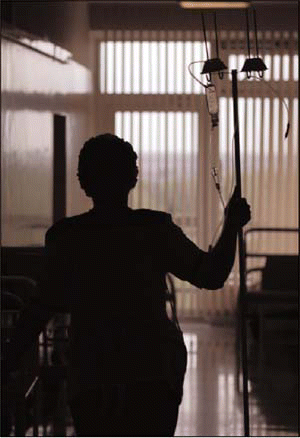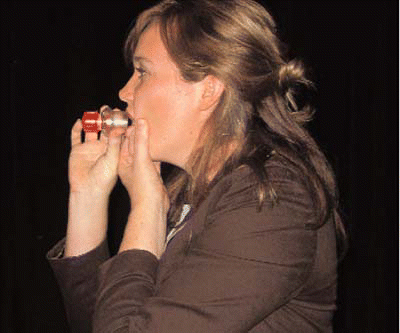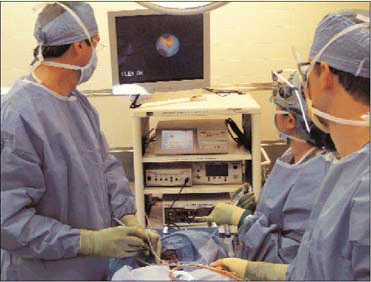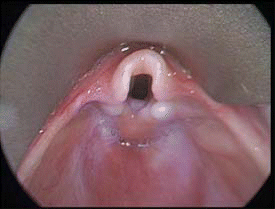According to Dartmouth Atlas (DA) researchers, too much of a good thing may be a bad thing-including doctor visits, medical tests, procedures and days spent in the hospital.




Laser involution of early stage glottic cancer-with complete treatment of the malignancy weeks after the first session-appears to offer long-term control of the disease while preserving excellent voice function, researchers reported at the 88th annual meeting of the American Broncho-Esophagological Association (ABEA).

A novel device that was developed to help improve cough in patients with Parkinson’s disease (PD) has an intriguing additional effect-it helps improve swallow function too.

Researchers recommended that otolaryngologists might empirically treat selected patients with sinus headaches as if these patients actually had migraines, following study results illustrating that the use of triptans brought relief to more than 80% of these individuals.
Individuals identified with sleep apnea appear to have a different pattern of deglutition when they are sleeping than do healthy subjects, say researchers who specialize in swallowing studies.


In a review of the literature published in The Cochrane Library, two Israeli authors conclude that the use of topical corticosteroid nasal sprays-either alone or in combination with antibiotic therapy-shows an advantage over placebo in the treatment of the symptoms of acute rhinosinusitis.
